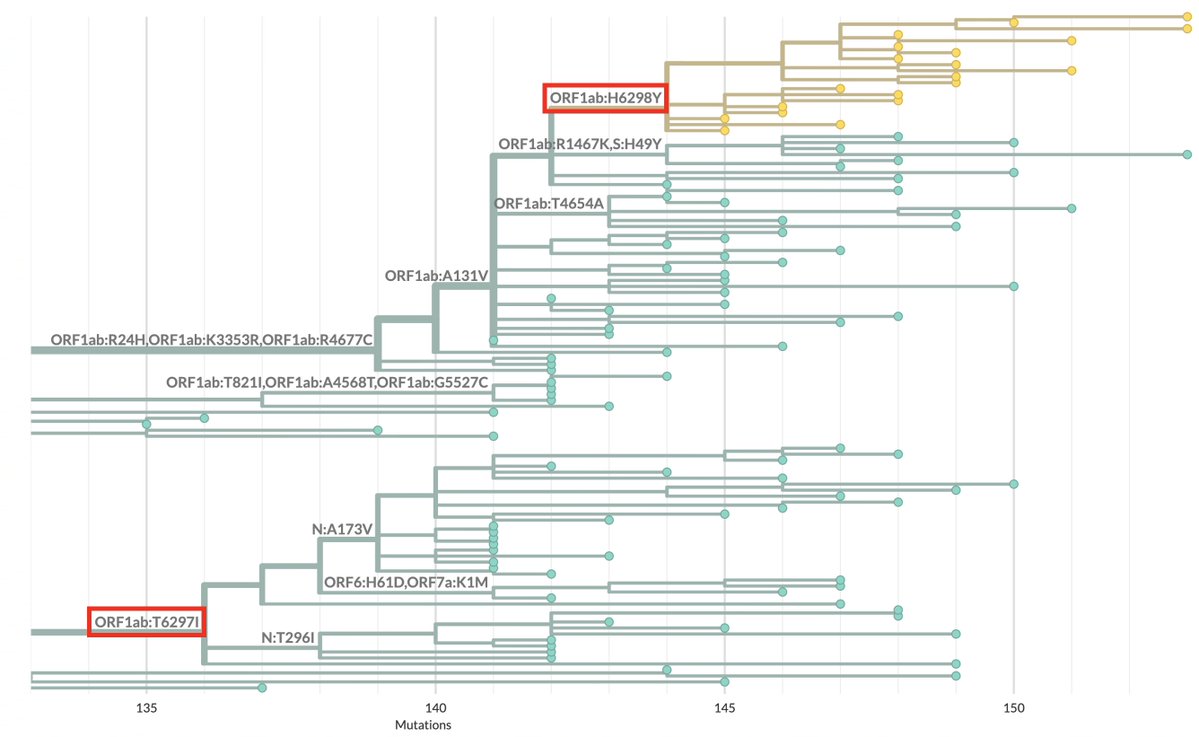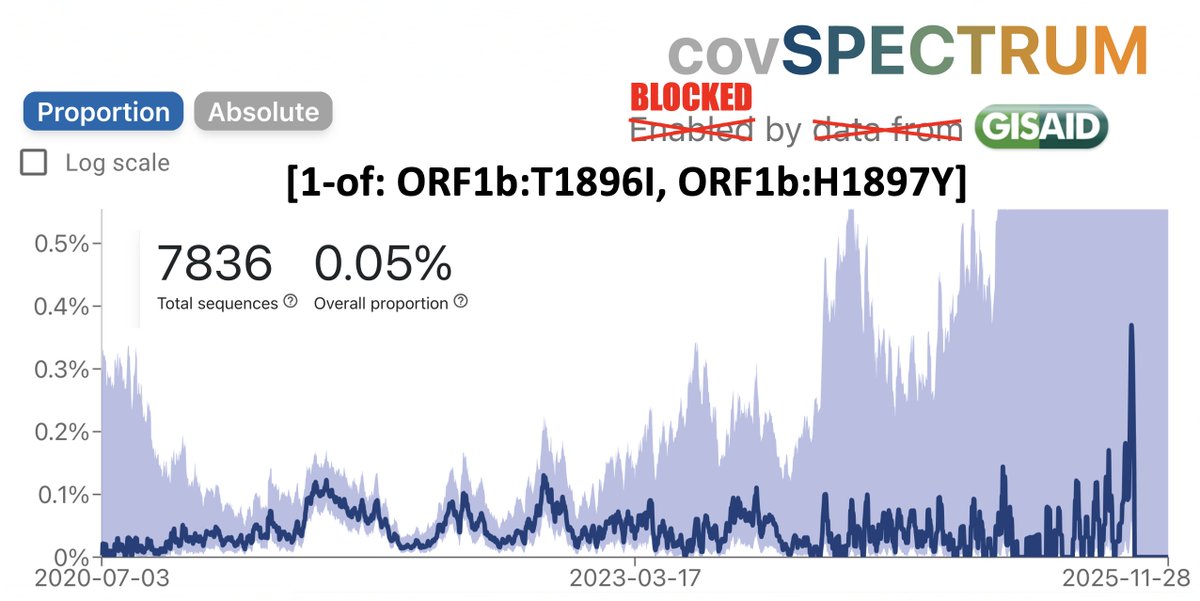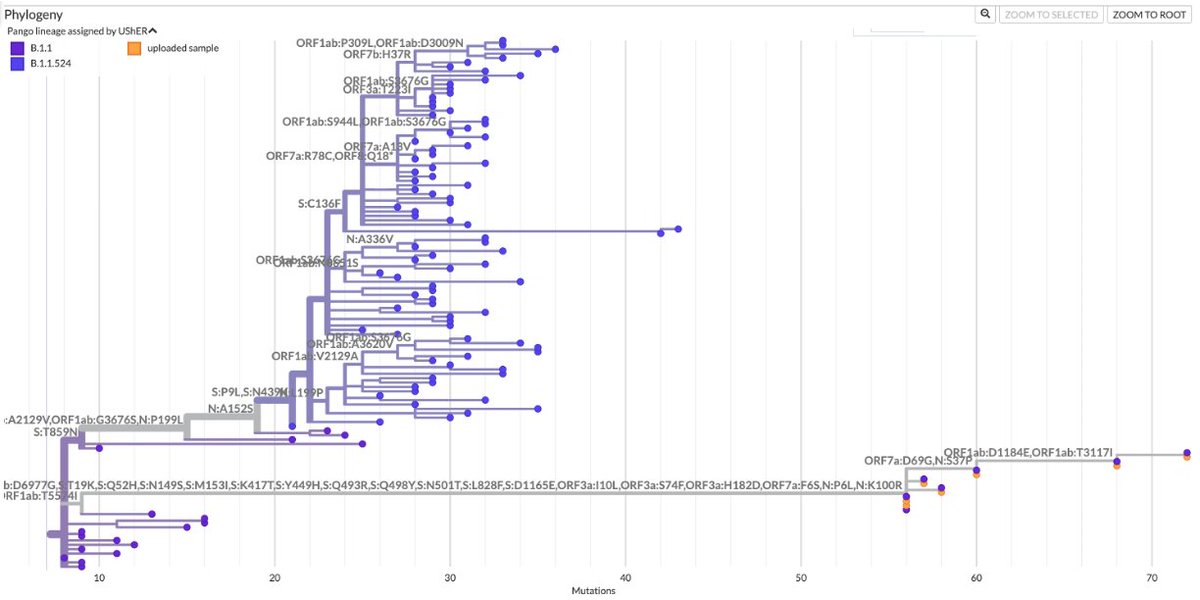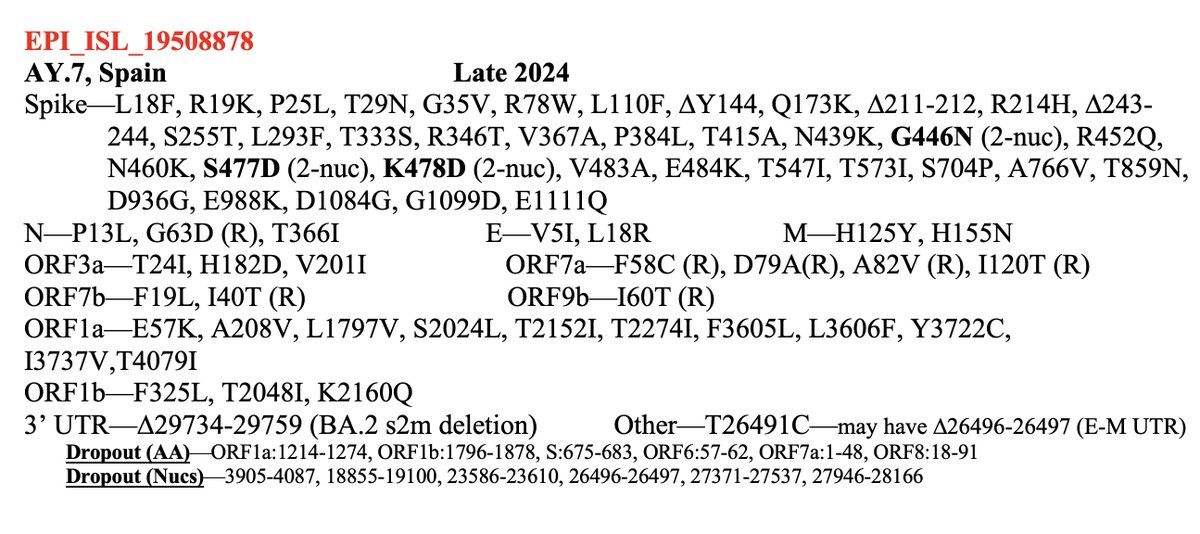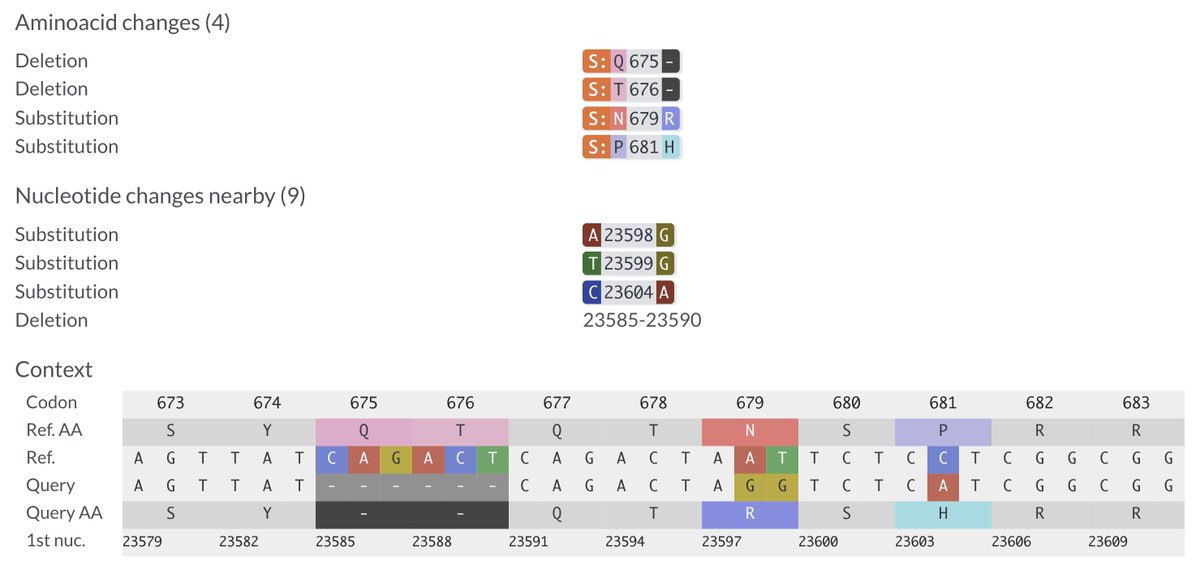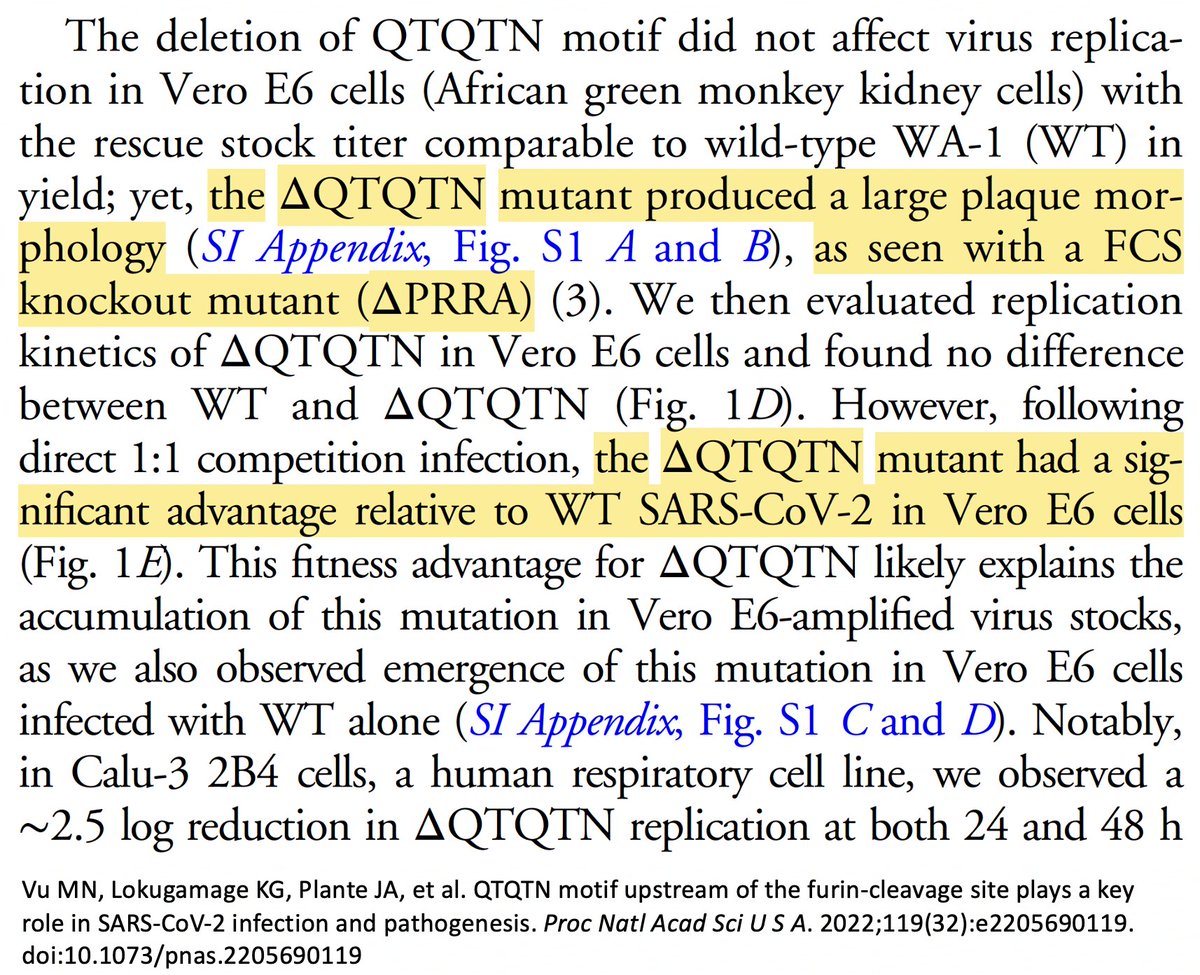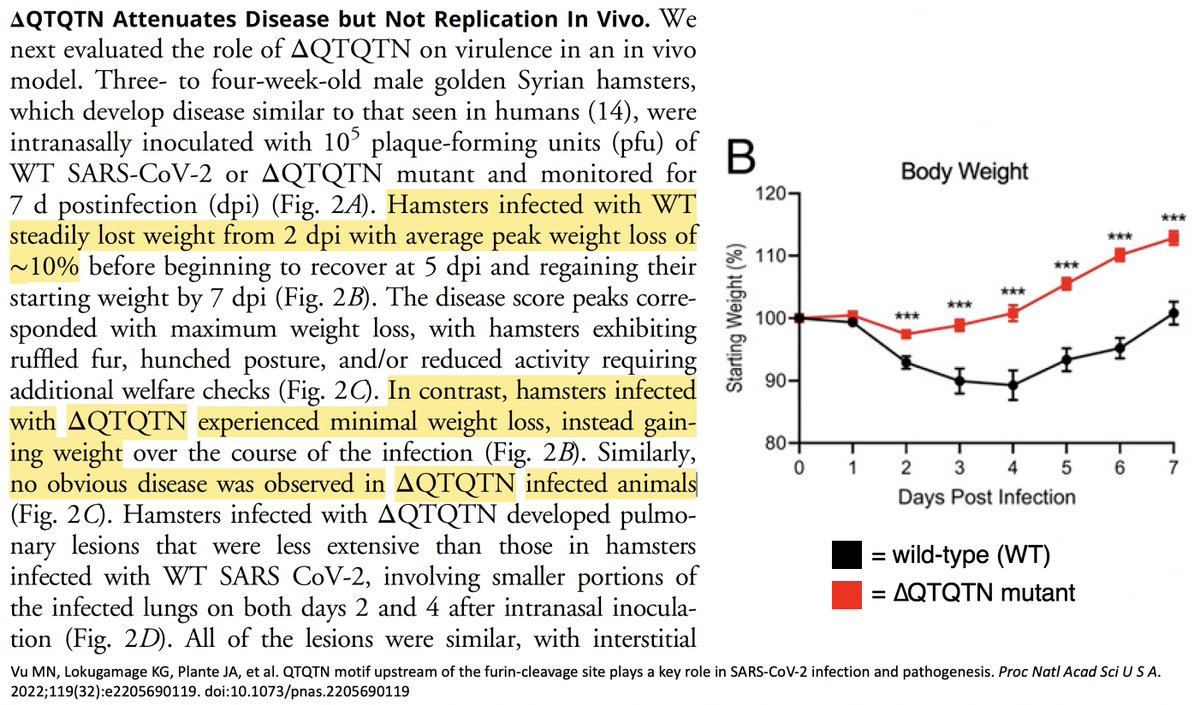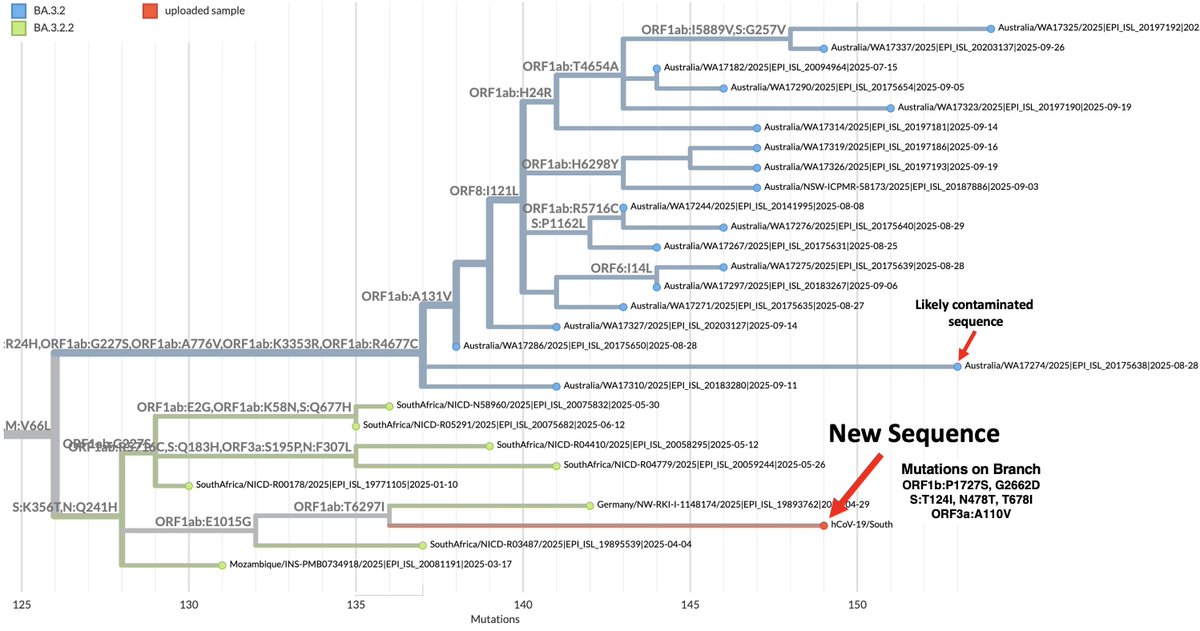1/7 Satan is trending on Twitter. I recall what Mark Twain said about him.
"I am quite sure that I have no race prejudices, and I think I have no color prejudices nor caste prejudices nor creed prejudices. Indeed, I know it..."
"I am quite sure that I have no race prejudices, and I think I have no color prejudices nor caste prejudices nor creed prejudices. Indeed, I know it..."

2/7 "I can stand any society. All that I care to know is that a man is a human being—that is enough for me; he can't be any worse." 

3/7 "I have no special regard for Satan; but I can at least claim that I have no prejudice against him. It may even be that I lean a little his way, on account of his not having a fair show."
4/ "All religions issue bibles against him & say the most injurious things about him,but we never hear his side. We have none but the evidence for the prosecution, yet we have rendered the verdict. To my mind, this is irregular. It is un-English; it is un-American; it is French." 

5/7 "We may not pay [Satan] reverence, for that would be indiscreet, but we can at least respect his talents."
6/7 "A person who has for untold centuries maintained the imposing position of spiritual head of four-fifths of the human race, and political head of the whole of it, must be granted the possession of executive abilities of the loftiest order." 

7/7 "In [Satan's] large presence the other popes and politicians shrink to midges for the microscope. I would like to see him. I would rather see him and shake him by the tail than any other member of the European Concert." 

• • •
Missing some Tweet in this thread? You can try to
force a refresh


